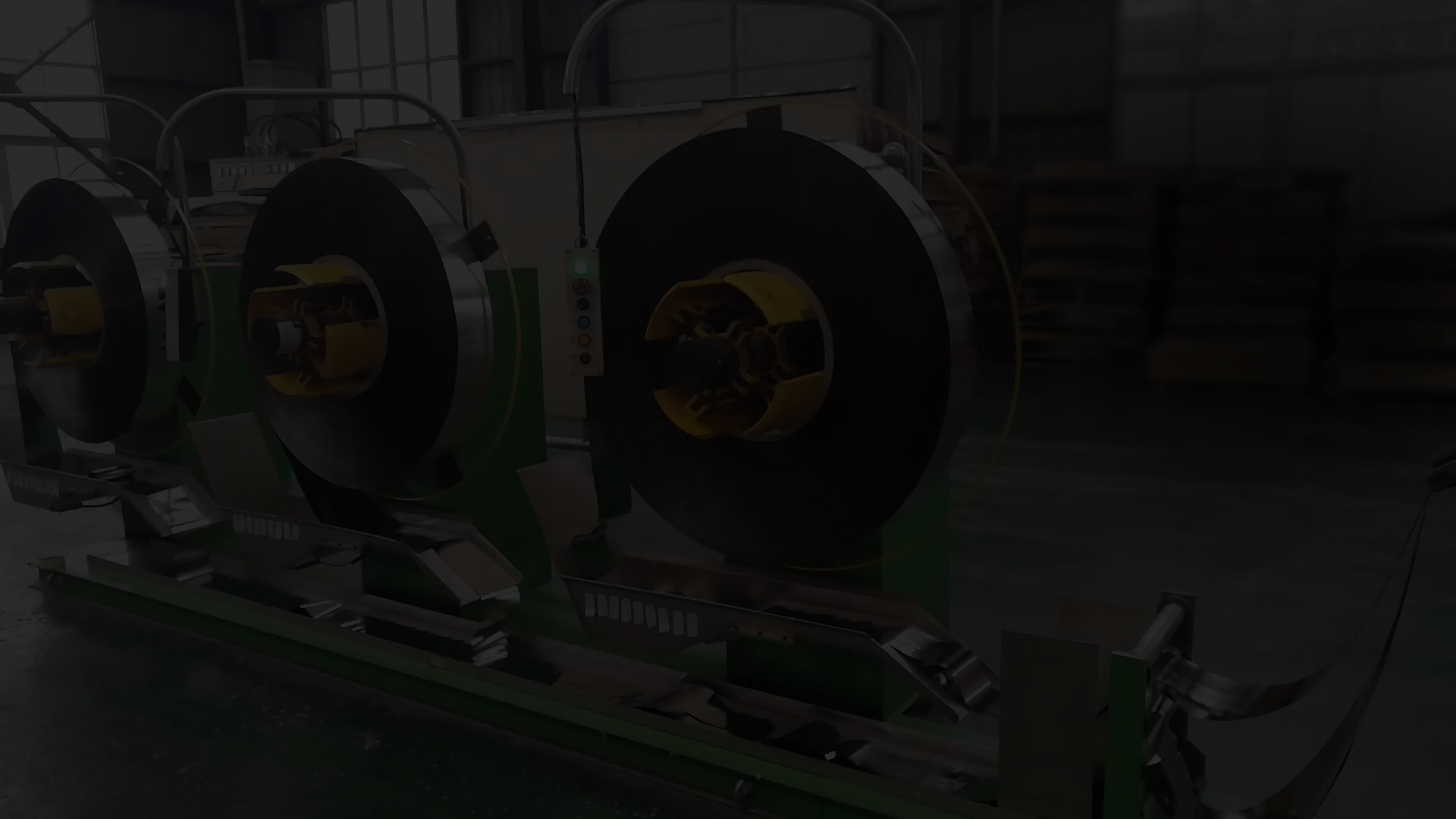A Complete Guide on Enterprise Transactions
Digital payments are the electronic method of making money transactions. Adapting it to enterprise transactions enhances the cash flow.
Find out more read our blog:-
https://www.invoicetemple.com/blog/boost-efficiency-in-enterprise-transactions-with-digital-payments/
#DigitalPayments
#AccountingSoftware
#Invoicesoftwareforsmallbusiness
Digital payments are the electronic method of making money transactions. Adapting it to enterprise transactions enhances the cash flow.
Find out more read our blog:-
https://www.invoicetemple.com/blog/boost-efficiency-in-enterprise-transactions-with-digital-payments/
#DigitalPayments
#AccountingSoftware
#Invoicesoftwareforsmallbusiness
A Complete Guide on Enterprise Transactions
Digital payments are the electronic method of making money transactions. Adapting it to enterprise transactions enhances the cash flow.
Find out more read our blog:-
https://www.invoicetemple.com/blog/boost-efficiency-in-enterprise-transactions-with-digital-payments/
#DigitalPayments
#AccountingSoftware
#Invoicesoftwareforsmallbusiness
0 Comentários
0 Compartilhamentos
13 Visualizações










